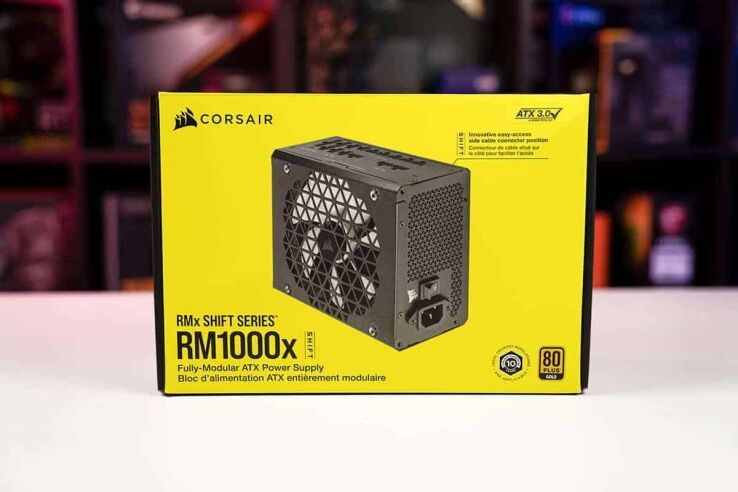ATX 3.0 PSU – What are they and do you need one?
With all this power and new connectors there is a lot of new things to think about

WePC is reader-supported. When you buy through links on our site, we may earn an affiliate commission. Prices subject to change. Learn more
As the new range of graphics cards arrives, you may have heard of a new PSU spec. We’ve seen the use of the new 16-pin 12VHPWR that will come standard in the ATX 3.0 PSU spec. We first saw it introduced with the RTX 3090 Ti, but now we know that many RTX 4000 series cards also feature this new connector.
So we take a closer look at what this new spec entails and if, in fact, it is a necessity in your next build.
Today’s best PSU deals
- Corsair RM1000e (2023) – Save 22% now!
- Corsair SHIFT RM850x PSU – Save 10% NOW!
- Corsair RM850x (2021) Fully Modular ATX Power Supply – SAVE 10% NOW!
- ROG Thor 1200W Platinum II (1200 Watt, Fully Modular Power Supply – SAVE 13% NOW!
- ASUS ROG STRIX 1000W Gold PSU – Save 23% NOW!
- Thermaltake Toughpower PF1 ARGB 850W – Save 15% NOW!
- SilverStone Technology ST1200-PT 80 Plus Platinum 1200W PSU – Save 23% NOW!
- MSI MPG A1000G PCIE 5 & ATX 3.0 Gaming Power Supply – SAVE 25% NOW
- Thermaltake Toughpower GF A3 1200W – Save $20
- Thermaltake Toughpower GF A3 1050W – Save $20
What is ATX 3.0?
The ATX specification is in fact the Advance Technology eXtended motherboard and power supply configuration developed by Intel. Starting in 1995 it aimed to standardize parts across a PC build so it was much easier to put together all the parts. And this meant the power across the board was the same and compatibility was much better and safer.
Now ATX 3.0 was announced in February 2022. And the main change is the addition of the 16-pin 12VHPWR connector. This new connector allows for up to 600W power delivery to a graphics card through just one connector. As opposed to the current spec that can only manage 150W per cable. One of the ways this is achieved is with 4 data lines. This allows the PSU and GPU to communicate and know how much power needs to be delivered with much better efficiency. Without those lines, it can only provide 450W.
Do you need an ATX 3.0 PSU?
Now if you’re planning on getting a new-gen Nvidia you may consider one. We don’t know as of yet if AMD RDNA 3 will feature it but it seems like it won’t. If you are considering one of them you may be wondering if you need an ATX 3.0 PSU and strictly speaking you won’t. It has been announced that the new cards will come with adapters. These will chain up to four 8-pin connectors into one singular cable.
However, these won’t have the benefit of communication and efficiency and working well together as the other option. As well as the recent news that some adapters have melted. It may be down to the quality but even Zotac has announced a life span of 30 uses for its adapter.
So although it may not be a necessity it might be advised. Or at least it may be worth waiting to see if any further news comes out detailing the faults. However, they also come with their own higher price tag for the new tech that may dissuade you from them as well.
ATX 3.0 FAQs
When are ATX 3.0 PSUs coming out?
There has been a slow rollout of the new power supplies, but there are plenty of models of ATX 3.0 PSUs available. But they might not be as common to buy as the cards still come with aan adapter so there is no need for a whole new part to buy.
How expensive are ATX 3.0 PSUs?
There is a range in pricing depending on Wattage, manufacturer, and rating. But overall we have seen a bigger price for the new ATX 3.0 PSUs. Such as the Asus TUF Gaming 750G is priced at $139.99, with a Phanteks AMP v2 at 1000W set at $169.99. But then a Seasonic Titanium of 1300W can come in at over $400.
What does ATX mean in PSU?
ATX is the Advanced Technology Extended standard. Developed by Intel in 1995 it provides compatibility guidelines for your computer components. Allowing them to work together easily with power and form factor.